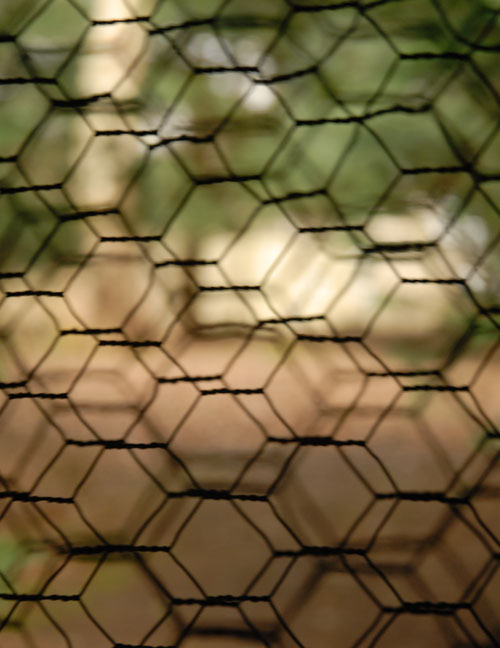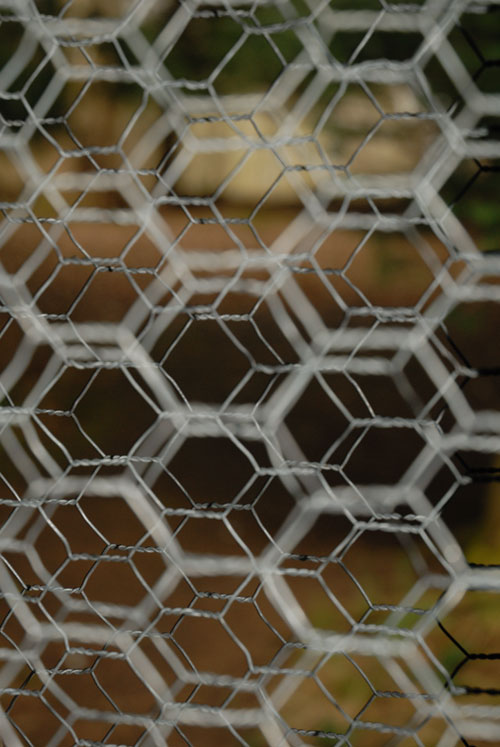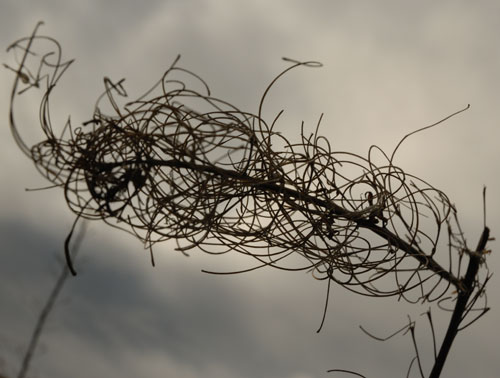
The Maker | James Wyness
GrDl 095 | Gruen Digital > [order]
MP3 & FLAC
…the initial colonisation of the Old World (now thought to have ocurred one and a half million years ago, or even earlier) led to different homogenous human populations at the peripheries of the human geographic range. There, at the edges, evolutionary forces have different effects than they do at the center of a species‘ range which, for humans, is Africa.
Race and Human Evolution, A Fatal Attraction: Milford Wolpoff and Rachel Caspari
The Maker [42:41] is part of a series of four works entitled Centre and Edge, which explores the sound world of a particular region rich in human and natural history, a region with its fair share of wilderness. The concept of ‚centre and edge‘ is investigated across a range of topics: specific compositional practices, the production of space, the anthropology of place names, human intervention in the landscapes and soundscapes, paleoanthropology, bridges and boundaries, the natural history of Southern Scotland, to name a few.
The Maker, in common with the other three works in the series, gives the impression of a massive installation in which microphones have been left open for long durations in various outdoor spaces, attached to built structures such as fences and mountain huts, then all sources fed into the same listening space.
The wealth and complexity of vertical relationships between the various sound sources and their transformations helps the work to defy linear time and to simply exist as a living moving organic whole between and beyond the speakers.
Field recordings:
a suspension footbridge across the River Teviot
creaking Scots Pine trees
the seascapes of St Abbs Head, Berwickshire and Craster, Northumberland
ambient sound and machinery at work (the mighty Altendorf f45 and The Planer) in a furniture maker’s studio
the resonance of the underside of road bridges on the A68 in Jedburgh
a working boiler on the Dunion Tap by Jedburgh
domestic appliances
incidental electronic interference
a rattling bothy and wind activated fence wires in the Harthope Valley, Cheviots, Northumberland
1 Track (42’41″)
Photographs by Alan Perris and James Wyness.
Field Recording Series by Gruenrekorder
Gruenrekorder / Germany / 2011 / GrDl 095 / LC 09488
Guillermo Escudero | LOOP
This is one of the releases of the digital series on German Gruenrekorder label which deals with experimental and field recordings.
“The Maker” is part of a series of four works under the title of “Centre and Edge”, which explores the sound world of a particular region like the Southern Scotland, among others.
In my opinion – and for this I’ll take part of the liner notes that describes, among other characteristics, that this release as human intervention in the landscapes and soundscapes. There is a sustained human manipulation of found metal sounds and as a backdrop, a vast drone section.
Alan Smithee | The Field Reporter
The maker appears to our experience as a structural entity in constant dilatation / contraction that brings to my mind the image of a moving caterpillar. Although randomly picked up by imagination the image of the caterpillar seems to connect with the evolutional conceptual aspects taken into consideration on The maker: Wyness quotes modern american scientists Milford H. Wolpoff and Rachel Caspari on their book Race and Human Evolution on the phrase “There, at the edges, evolutionary forces have different effects than they do at the center of a species’ range…”; the notion of patterns and relationships working differently on the center and on the edges of a structure seems more effectively developed in the actual piece than in the method and text that supports the sound work, so I am going to focus on the sound piece as the strongest aspect where the concept is developed although not in a literal formal way.
The maker strongest formal considerations seems to be matter and time, matter depicted as shape, time depicted as change and what is very interesting about this is what happens between the listener and the piece in terms of spatiality. When we recur to our casual hearing on The maker it seems like we are “inside” the objectual physicality of the piece and this becomes very strong when what seems like recordings made with contact microphones are used. On the other hand the abstract sonority that the recordings acquired when processed by Wyness builds this “sound object” that occurs in our perception and that we relate to through what Pierre Schaeffer called the “reduced hearing”: here we feel like going through a perceptive journey where our perception establishes a parallel invisible space that overlaps the actual physical space that is still present through the use of untreated field recordings.
The piece on its formality is very efficient -although the poetry seems blur whether in the description of the method or in the method itself- as in the end The maker is about natural patterns and the dynamics of this patterns on the structures they are part of; the sonority of The maker presents this constantly changing organic sonority that is full of poetry as Wyness managed to put the pure essence of his theoretical considerations into a strong sensible experience.
Gruenrekorder (Tom Lawrence, James Wyness, Terje Paulsen & Ákos Garai, Eisuke Yanagisawa, Ernst Karel) mentioned @ The Field Reporter / 2011 Final Report
A few words by The Field Reporter Editor Alan Smithee plus PART I of the lists with the most relevant works of 2011 made by our staff and other artists, curators and journalists.


